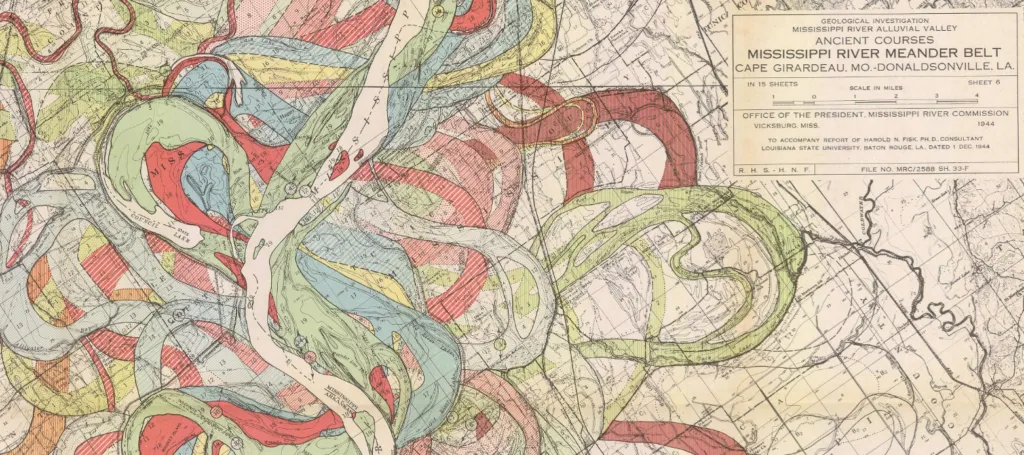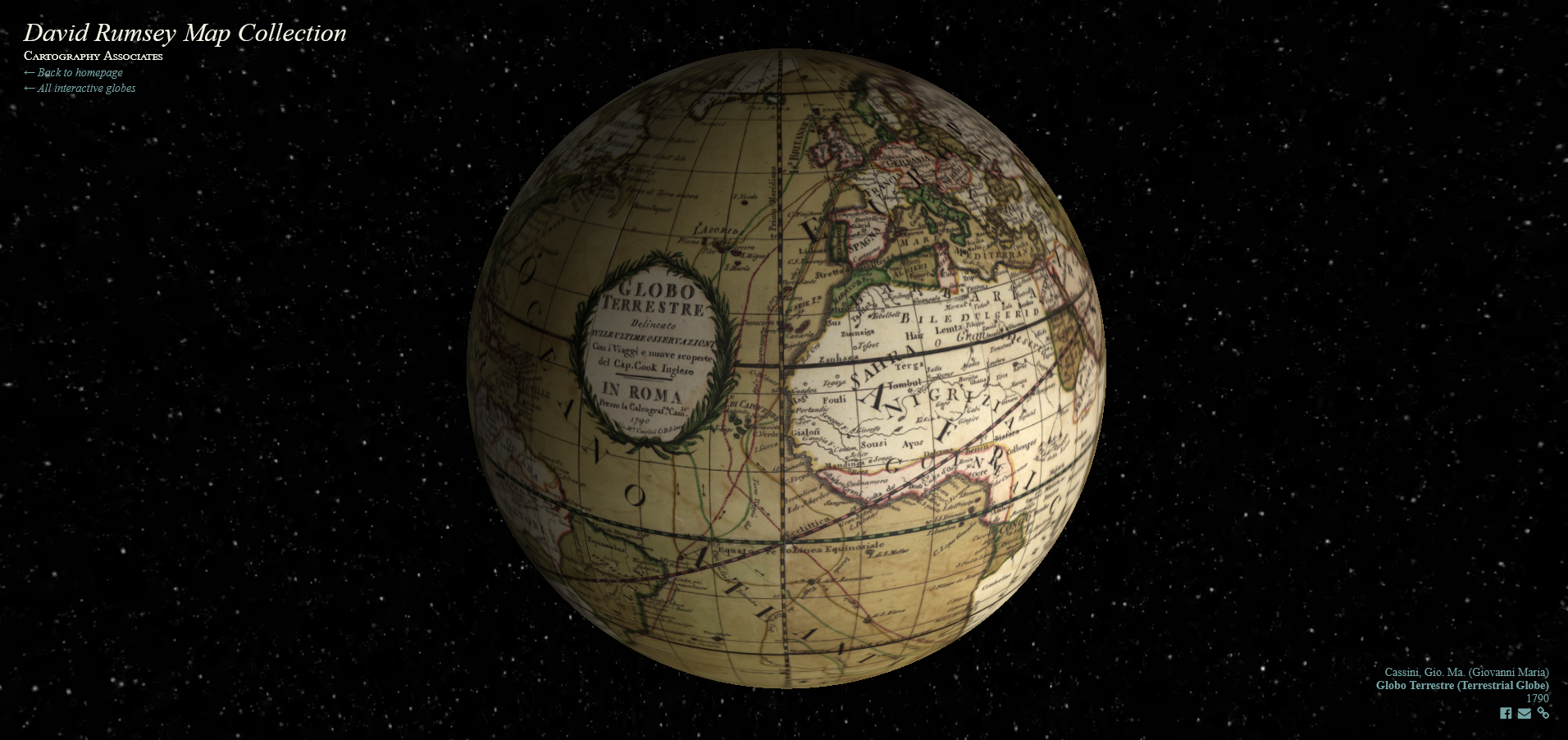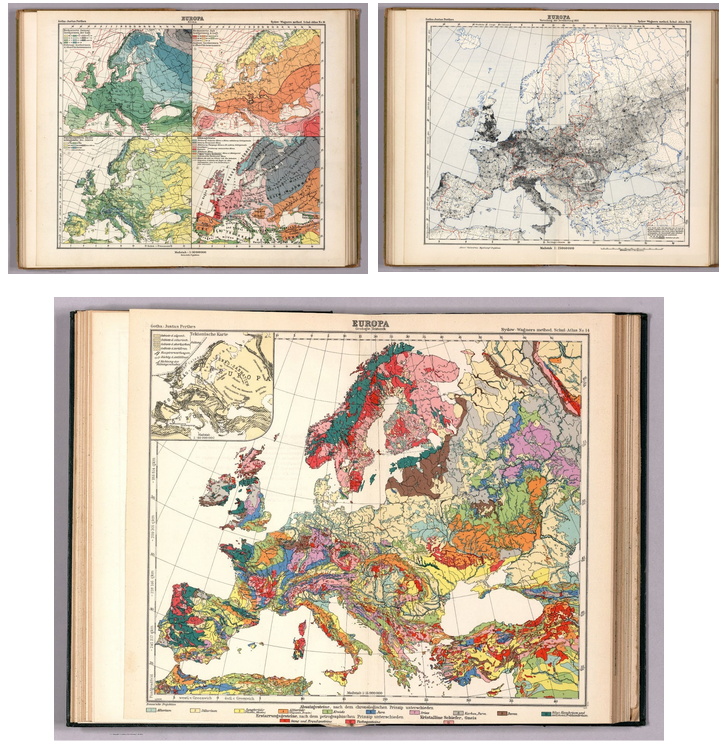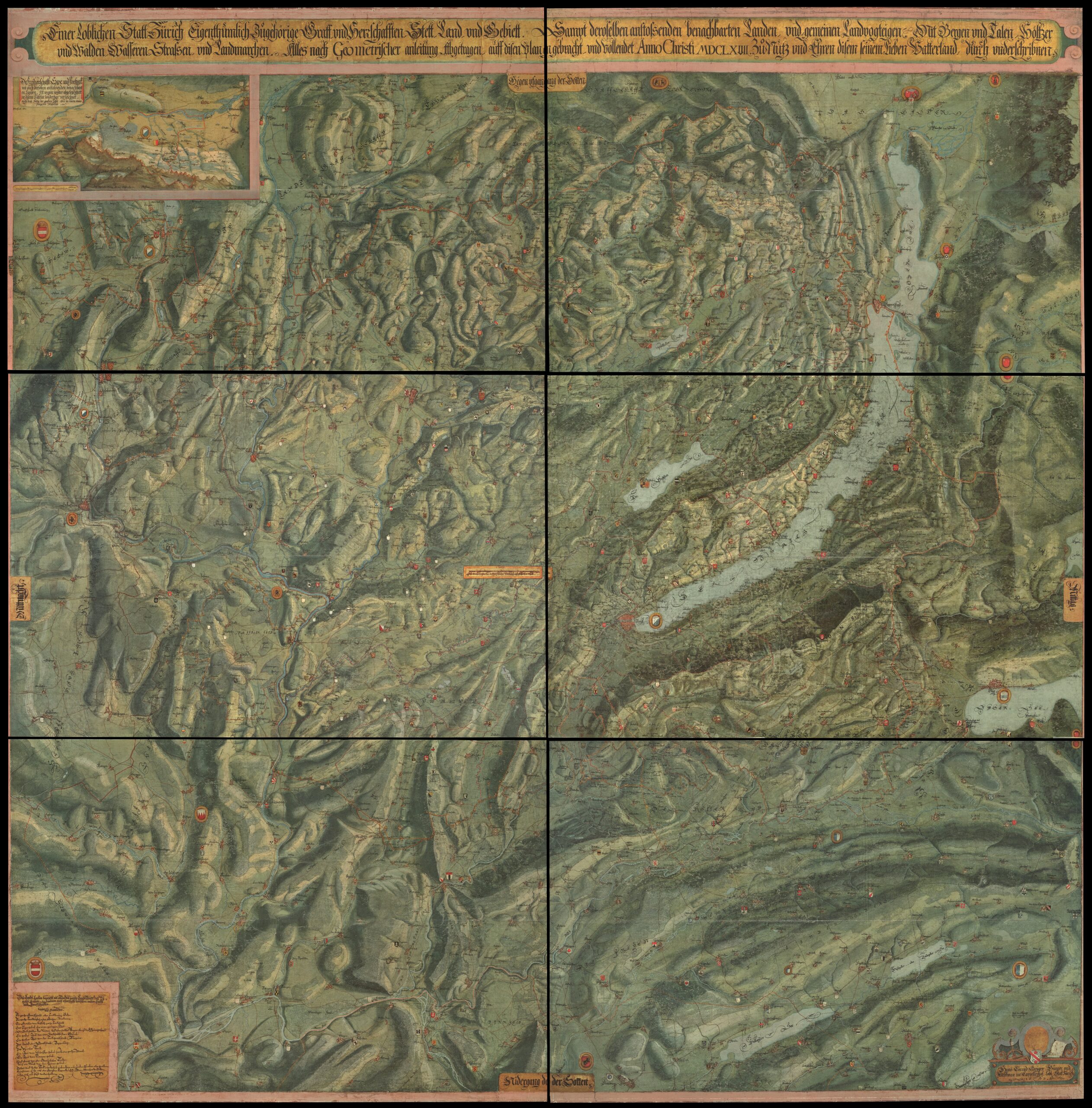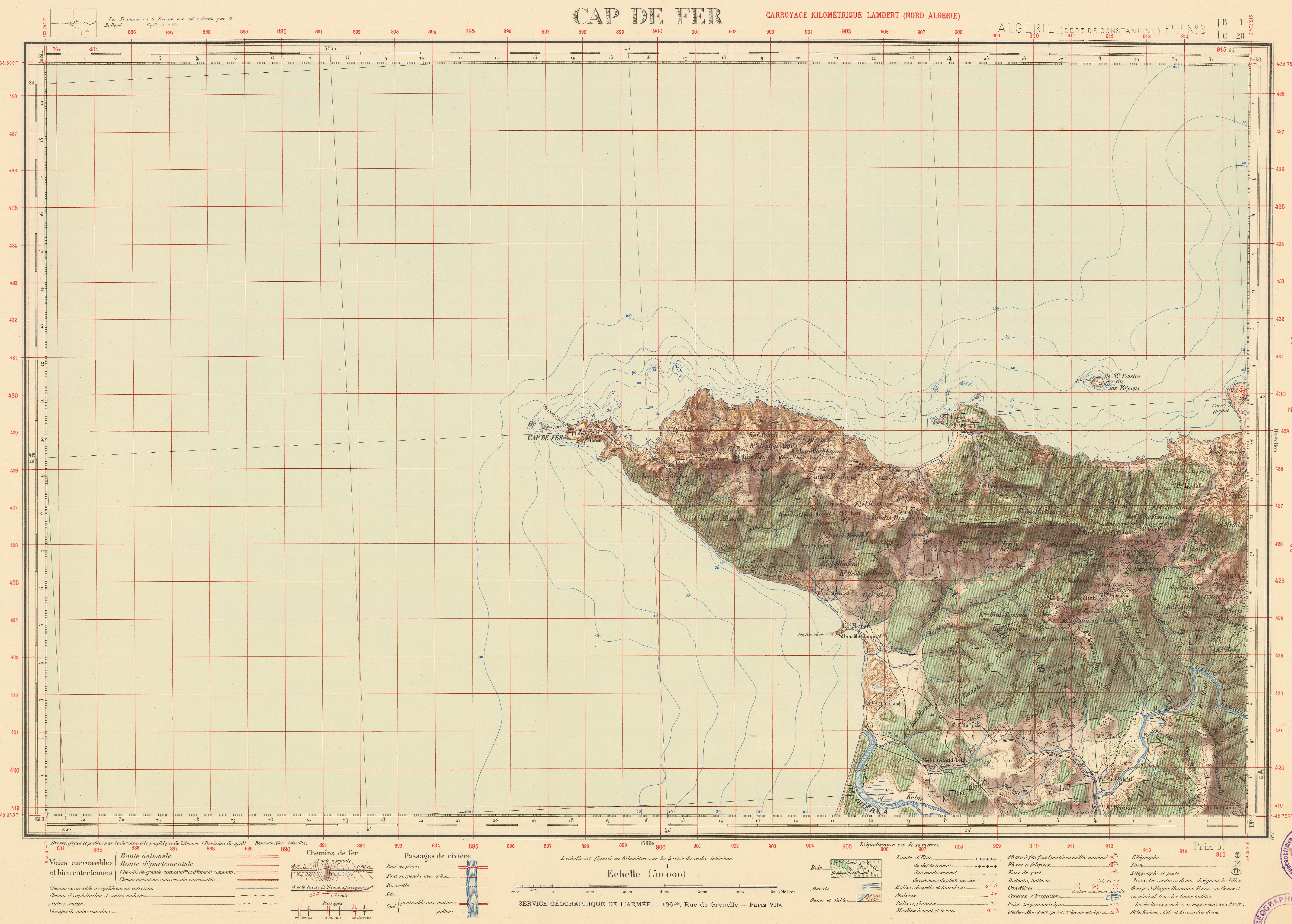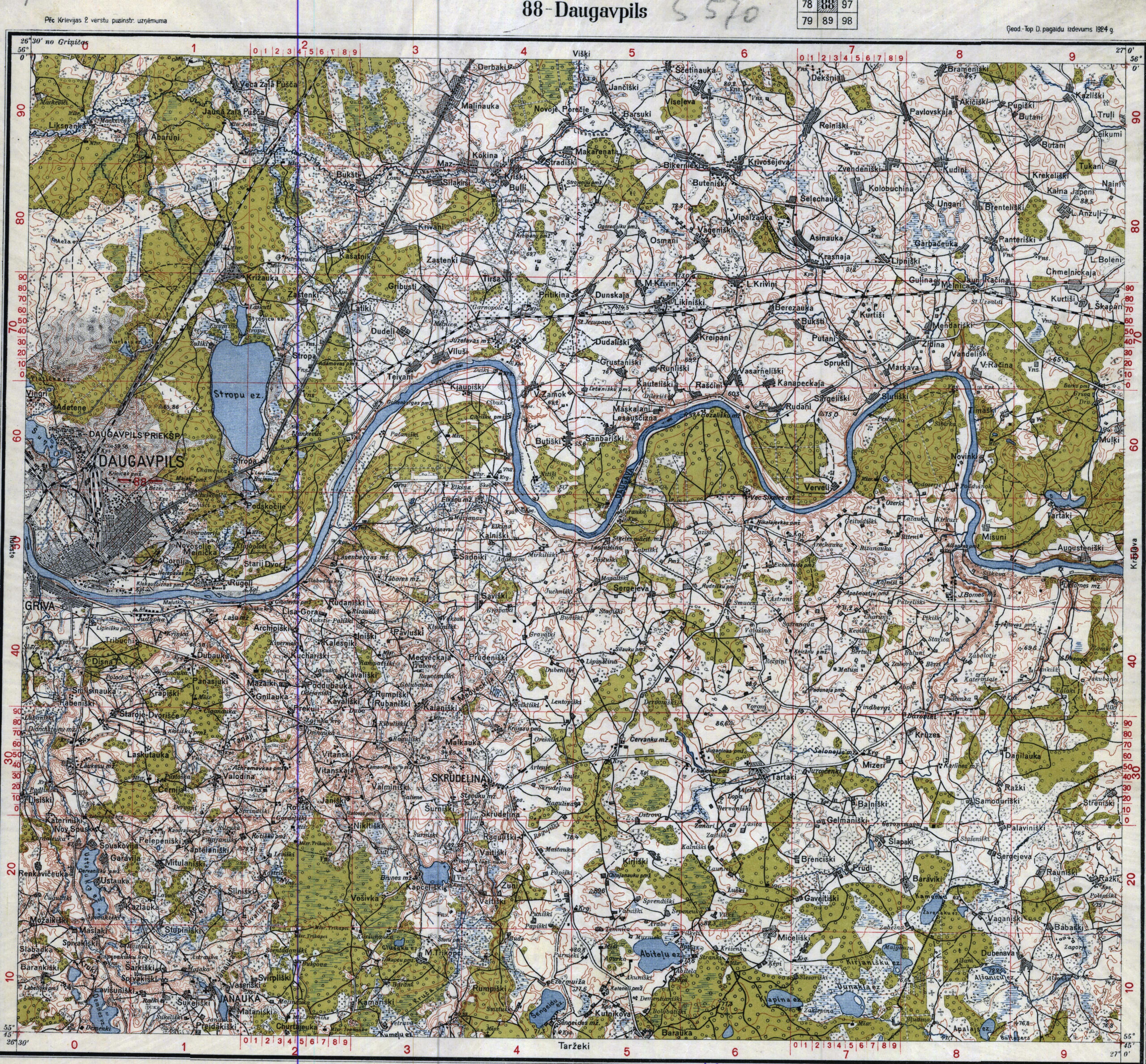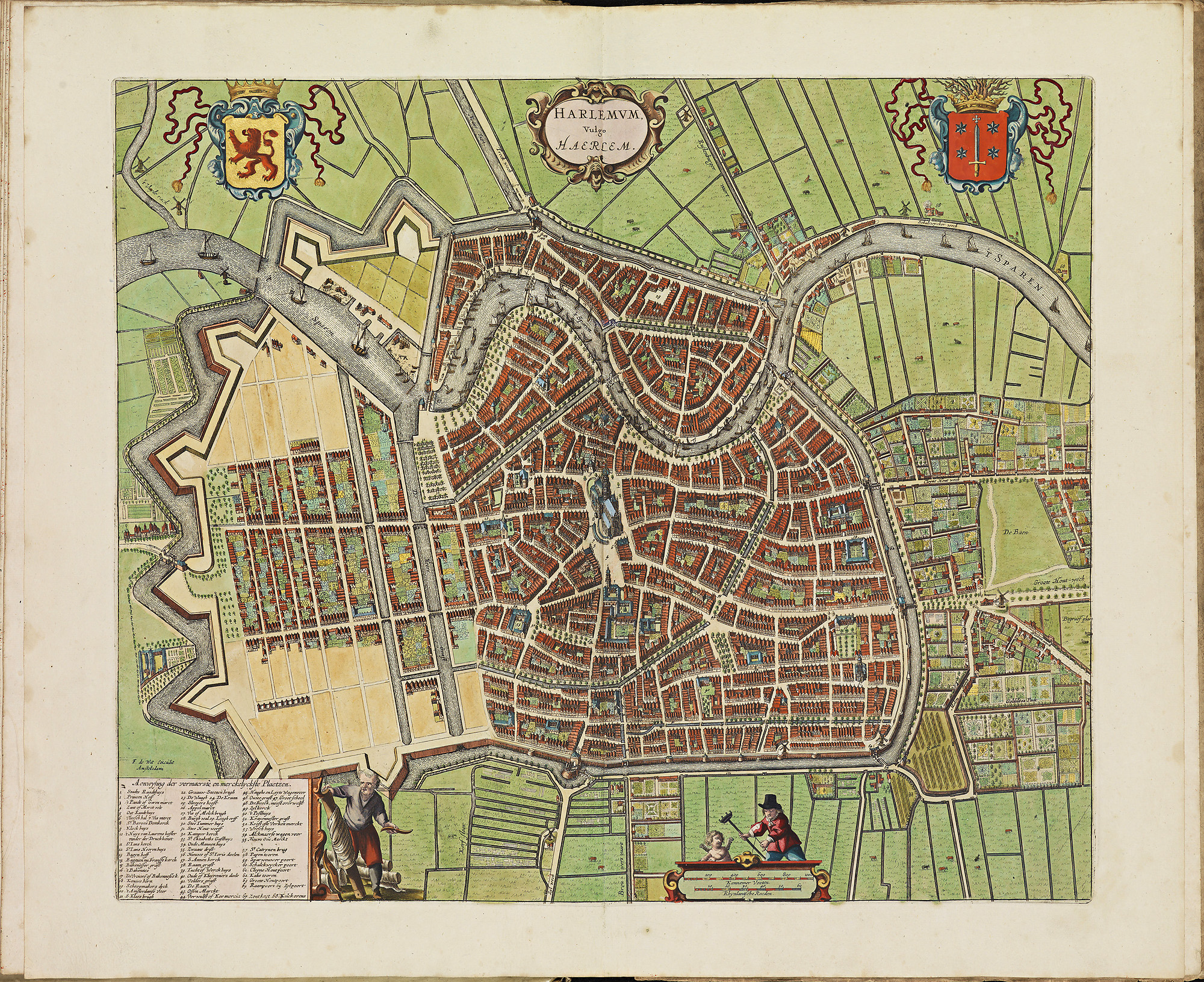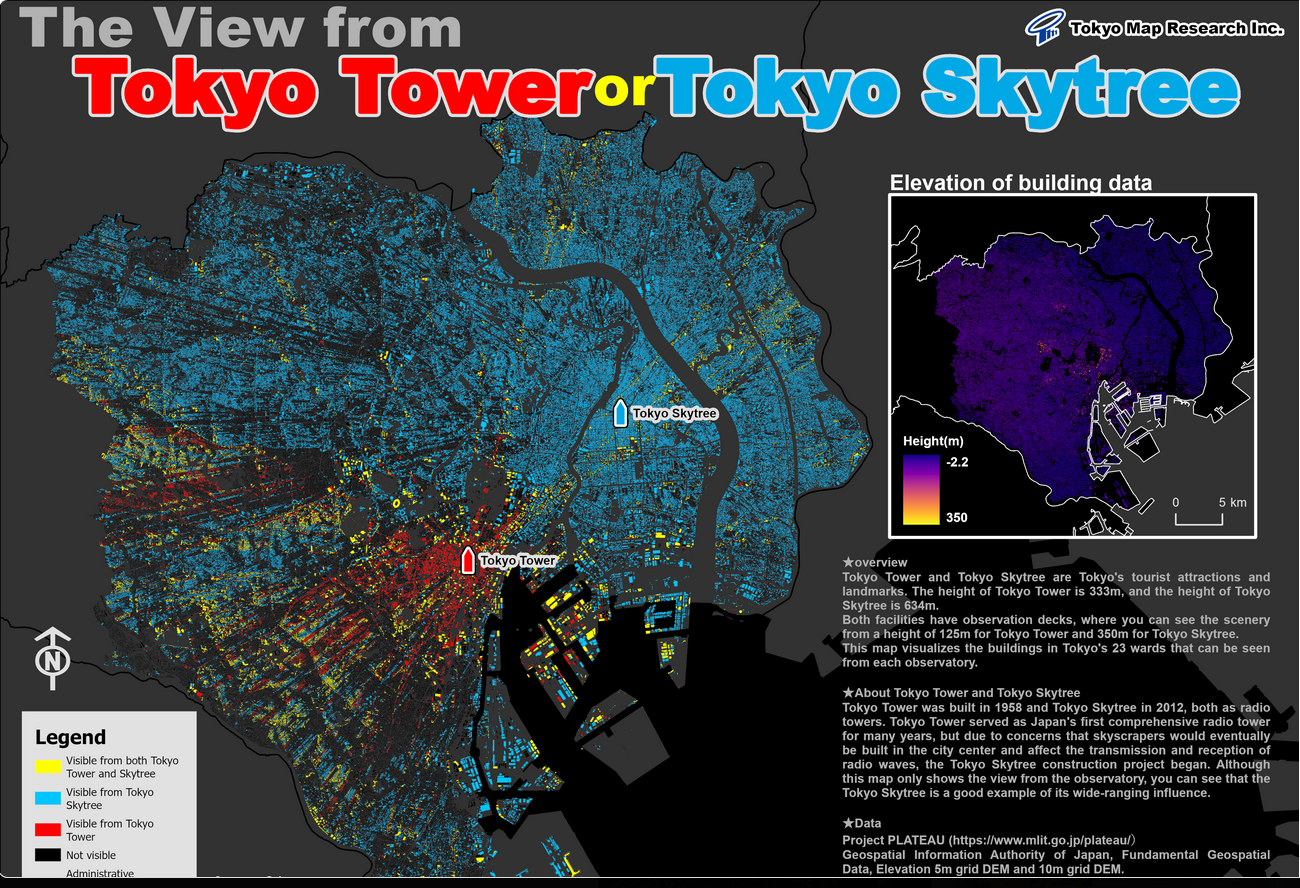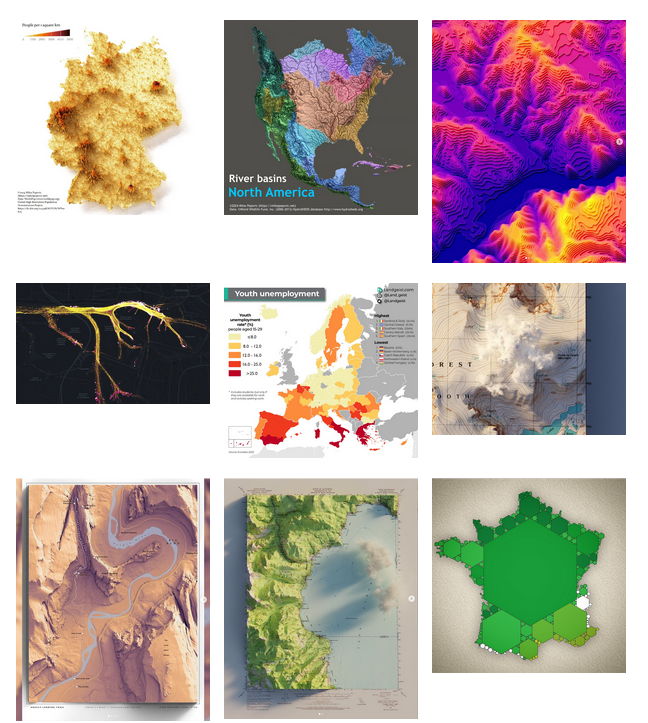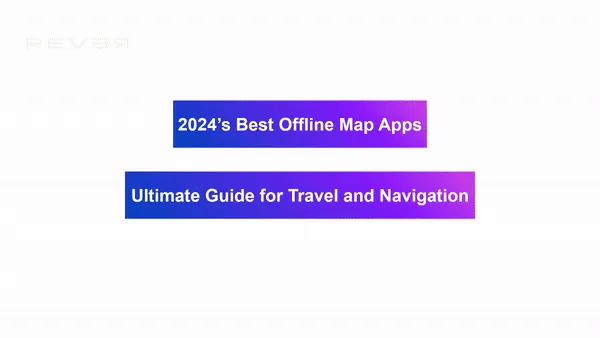
2024’s Best Offline Map Apps: Ultimate Guide for Travel and Navigation
In today’s world, where connectivity is a constant companion, offline map applications have become an integral tool for travelers and adventurers.
Whether navigating through a foreign city, hiking in remote areas, or preparing for emergencies, offline maps ensure you always know where you are, even without an internet connection.
We’ve compiled the best offline map applications of 2024, comparing their features, usability, and accuracy. We’ll equip you with the knowledge to choose the perfect digital navigator for your adventures, whether you’re behind the wheel, on two wheels, or on foot.
Why Are Offline Maps So Important?
Offline maps are crucial for several reasons, beyond mere convenience:
- Reliability: Offline maps are free from the constraints of cellular networks and Wi-Fi hotspots. They don’t rely on these and are essential when navigating in areas with poor connectivity.
- Cost-Effective: By eliminating the need for data roaming when traveling internationally, offline maps help to reduce charges traditionally associated with using data abroad.
- Battery Efficient: With reduced data fetching, offline maps significantly extend your device’s battery life—a crucial factor for long journeys or remote areas.
- Safety: In emergencies, offline maps provide a reliable fallback, ensuring you can always find your way to safety.
5. Enhanced Exploration: Free from connectivity concerns, with offline maps, you can venture off the beaten path with confidence. Discover hidden gems and forge new experiences.
The Best Offline Maps For Drivers
In a time when connectivity isn’t always guaranteed, offline maps have become essential tools for drivers. Let’s explore the top contenders:
Google Maps: The All-Rounder
Key Features:
- Comprehensive global map coverage
- Offline area downloads for specific regions
- Real-time traffic updates when online
- Intuitive route planning and navigation
Usability:
A household name, Google Maps offers an extremely user-friendly interface that’s familiar to most smartphone users Maps can be downloaded easily by selecting the area you wish to save for offline use.
Accuracy:
Thanks to Google’s extensive mapping data and frequent updates, Google Maps is highly accurate, even in offline mode.

Source: Google Support
Waze: The Crowd-Sourced Navigator
Key Features:
- Real-time, user-generated traffic and road condition updates
- Limited offline capabilities compared to Google Maps, requiring initial connection before driving offline, but still useful
- Community-driven alerts for traffic updates, road hazards, police presence, and more
Usability:
Waze is designed with drivers in mind, providing alternate routes quickly based on current traffic conditions. Its interface is intuitive and driver-friendly.
Accuracy:
While primarily an online tool, Waze’s accuracy shines through its real-time user input, providing up-to-the-minute traffic and road change information.
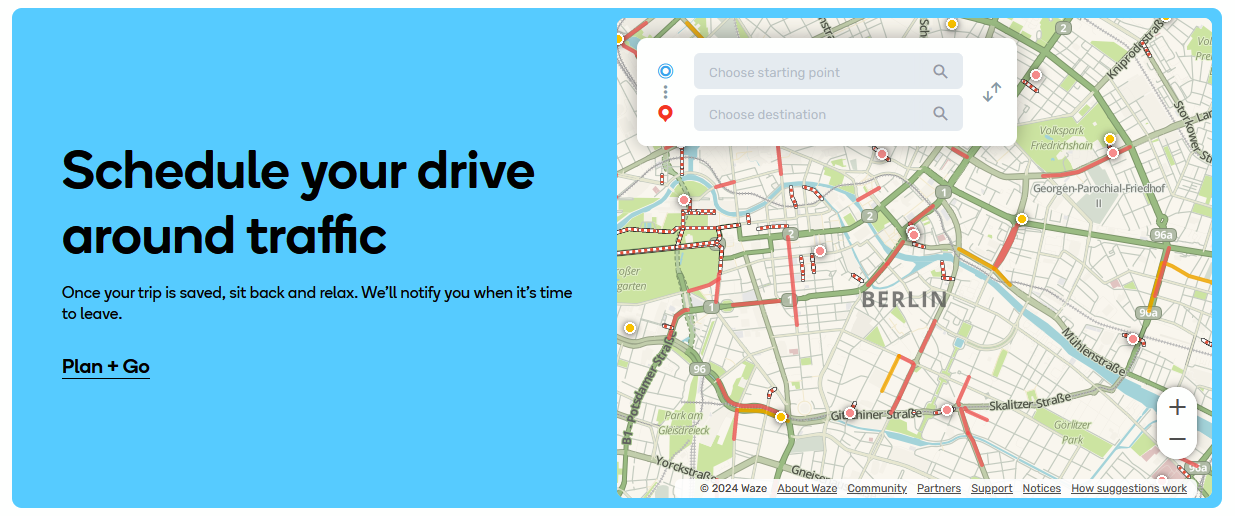
Source: Waze
HERE WeGo: The Offline Champion
Key Features:
- Extensive offline functionality
- Ability to download entire countries or regions
- Turn-by-turn navigation in offline mode
- Public transport information included
Usability:
HERE WeGo boasts a clean, simple interface that’s easy to navigate. Its robust offline capabilities make it a great choice for international travelers or those venturing into areas with poor connectivity
Accuracy:
Known for its reliability, HERE WeGo offers accurate navigation and a wide range of offline features.

Source: HERE
The Best Offline Maps For Tourists
In today’s digital age, tourists need reliable navigation tools. Here’s a selection of top-tier map apps designed to help you explore during your travels:
Citymapper: Your Urban Exploration Companion
Key Features:
- Focused on urban transportation with detailed public transport information
- Offline maps available for major global cities
- Multimodal route planning (public transport, walking, cycling)
Usability:
Citymapper shines with its intuitive interface, tailored for effortless navigation in unfamiliar urban environments. Its focus on multimodal transport options makes it ideal for city tourists.
Accuracy:
With its covered cities, Citymapper offers highly accurate navigation, providing real-time updates where available online.

Source: Citymapper
Tripadvisor: More Than Just Reviews
Key Features:
- Offline access to city maps, reviews, and photos
- Information on attractions, restaurants, and hotels
- Downloadable content for 300+ cities globally
Usability:
Known for its travel planning features, TripAdvisor’s app seamlessly integrates its database of reviews and recommendations with offline mapping capabilities making it a handy tool for tourists.
Accuracy:
While primarily known for its user-generated content, TripAdvisor’s offline maps provide accurate location data for points of interest and general navigation.
YT video instruction: How to download offline Tripadvisor maps
MAPS.ME: Global Offline Navigation
Key Features:
- Detailed offline maps covering the entire world
- Rich point of interest (PO) database to discover attractions, restaurants, hotels, and more offline
- Multi-modal navigation providing turn-by-turn directions
- Regular map updates and community-driven improvements
Usability:
MAPS.ME’s intuitive interface caters to both urban explorers and off-the-beaten-path adventurers. The app’s focus on detailed offline functionality makes it exceptionally user-friendly.
Accuracy:
Known for its precision, MAPS.ME leverages OpenStreetMap data, which is updated daily by millions of contributors. This crowdsourced approach ensures that maps remain current and accurate, even for lesser-known locations.

Source: MAPS.ME
The Best Offline Maps For Cyclists
For cyclists, having reliable navigation tools is crucial, especially when venturing into unfamiliar areas or when on long-distance rides. Here are a few of the top-tier offline map apps designed to improve the cycling experience:
Komoot: The Outdoor Enthusiast’s Choice
Key Features:
- Detailed offline maps with elevation data and surface-type information
- Sport-specific route planning optimized for road cycling and mountain biking
- Turn-by-turn voice navigation
- Community-driven highlights and recommendations
Usability:
Komoot offers an intuitive interface focused on route planning, discovery, and sharing. Its offline functionality is robust, allowing cyclists to download entire regions for offline use.
Accuracy:
Highly accurate, particularly for outdoor trails and cycling-specific routes. Komoot’s maps are regularly updated with community input, ensuring up-to-date information

Source: Komoot
Strava: The Athlete’s Guide
Key Features:
- Offline maps integrated with fitness tracking
- Segment challenges and performance analysis
- Route creation and discovery
- Social features for sharing rides and achievements
Popular among athletes, Strava offers route tracking and offline maps for cycling. It integrates with fitness tracking.
Usability:
Popular among athletes, Strava’s Intuitive interface has a strong focus on performance tracking and social sharing of routes and achievements. Offline maps are easily accessible for route navigation.
Accuracy:
Known for its precise route tracking and elevation data, Strava provides accurate and reliable navigation and performance metrics for cyclists.
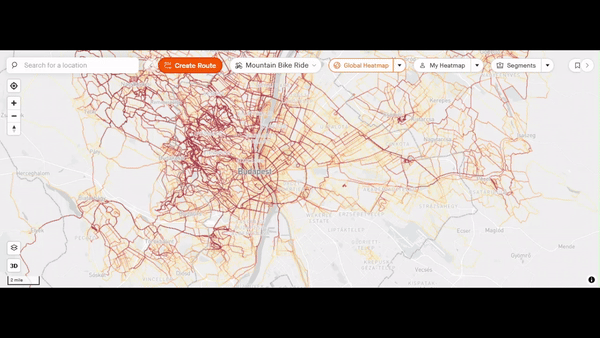
Source: Strava
Ride with GPS: The Cyclist’s Navigator
Key Features:
- Detailed offline maps with cycling-specific route information
- Turn-by-turn navigation with voice prompts
- Comprehensive elevation profiles
- Custom cue sheets and route planning
Usability:
Designed with cyclists in mind, Ride with GPS offers straightforward route planning and navigation. Its offline capabilities are extensive, catering to long-distance riders.
Accuracy:
Highly accurate, providing detailed elevation data and route information.

Source: Ride with GPS
The Best Offline Maps For Motorcyclists
For bikers who love to explore the open road, here are a few of the best apps for your off-the-grid adventures:
REVER: Route Planning Made Easy
Key Features:
- Detailed offline maps with motorcycle-specific route planning
- Community-shared routes and ride discoveries
- Comprehensive ride tracking and performance metrics
- Weather overlay for intelligent route planning
Usability:
REVER has an intuitive, user-friendly with a focus on scenic routes and ride tracking.
Accuracy:
Highly accurate for road conditions and route planning, benefitting from regular updates and community input

Source: Rever
Scenic: Discover the Road Less Traveled
Key Features:
- Curated scenic routes optimized for motorcycles
- Robust offline map access for remote areas
- Points of interest specific to bikers (e.g motorcycle-friendly stops, viewpoints)
- Route sharing and community recommendations
Usability:
Scenic’s user-friendly design focuses on helping bikers discover and navigate picturesque routes with ease, even without an internet connection.
Accuracy:
Highly accurate with a focus on scenic and enjoyable routes, with regular updates to ensure accuracy

Source: Scenic
The Best Offline Maps For Walkers
Whether you’re exploring urban trails or venturing into remote wilderness, these apps will help you stay on track without an internet connection:
AllTrails: For the Trail Explorer
Key Features:
- Vast library of 400,000 trail maps worldwide
- Detailed offline maps with elevation profiles
- User-generated reviews and condition updates
- Custom route creation and recording capabilities
AllTrails is perfect for hiking and walking, offering detailed offline maps with trail information and user reviews.
Usability:
Perfect for hiking and walking, AllTrails is user-friendly with a focus on trail details, difficulty levels, and reviews. The app is made for both daily walkers and regular hikers.
Accuracy:
Highly precise trail trail maps, enhanced by user-submitted data and regular updates.

Source: AllTrails
Komoot: The All-Terrain Navigator
Key Features:
- Detailed offline maps for hiking and walking with terrain and surface information
- Sport-specific route planning with turn-by-turn voice navigation
- Personalized route suggestions based on fitness level and preferences
- Community tips, highlights, and route sharing capabilities
Usability:
In addition to cyclists, Komoot is great for walkers and hikers. It’sasy to use with detailed route planning and offline capabilities for both beginners and experienced hikers.
Accuracy:
Accurate with detailed trail and walking route information thanks to OpenStreetMap data and community contributions Komoot’s sport-specific routing ensures accurate suggestions for walkers and hikers.

Source: Komoot
MapMyWalk: Fitness Meets Navigation
Key Features:
- Route tracking and offline maps for walking and hiking
- Integration with fitness tracking and goal setting
- Community-shared routes and challenges
- KML export for Google Earth visualization
Usability:
MapMyWalk offers an intuitive interface that combines navigation with comprehensive fitness tracking features. It’s particularly useful if you’re looking to monitor your progress and set fitness goals.
Accuracy:
Accurate for route tracking and distance measurement. The app’s GPS tracking ensures accurate stats for your walks and hikes.

Source: MapMyWalk

KML route in Google Earth
Navigating the Future: Offline Maps for Every Adventure
Offline map applications are essential tools for anyone needing reliable navigation without constant internet access.
Whether you’re a diver, a tourist wandering new streets, a cyclist exploring new trails, a motorcyclist cruising scenic routes, or a walker navigating nature’s paths, there’s an offline map app tailored to your needs.
These digital tools offer more than just directions, they provide peace of mind, enhance safety, and open up new possibilities for exploration.
We hope this guide has helped you to compare features, usability, and accuracy—so you can choose the best app for you.
What apps do you use in your daily life? And what features do you appreciate the most? Tell us in the comments
Read more about navigating apps in Top offline GPS navigation apps to download before your next road-trip.
Did you like the article on Offline Map Apps? Read more and subscribe to our monthly newsletter!






